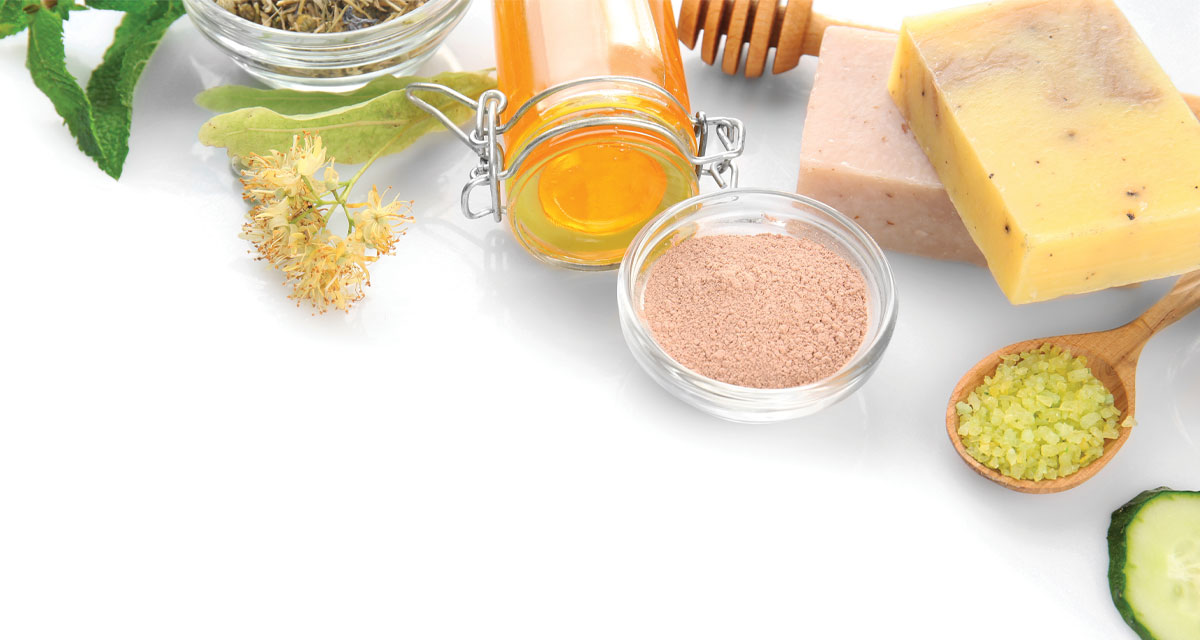Through direct contact with water, a bar of soap moves around the surface of your skin, dissolving dirt and layers of oil while lifting pathogens. While the mind knows the act of handwashing leads to proper health, there is also a distinct joy in handling the small weight. You may prefer oval, block, or square bars to manipulate, or smooth out the shape in every washing. Special occasions call for a texture of sea salt, or the appearance of lavender flowers or swirls of color. Such pleasure cannot be compared to that of a liquid dispenser. Also, you may not find the gift of a plastic bottle as enjoyable as individually wrapped, homemade bars. Do you engage in taking a quick sniff before choosing a bar? The act is instinctual! Perhaps you wonder if soapmaking is difficult. I can tell you, with cold and hot processes available, safety is the first priority in every aspect of the process from start to finish, especially with the guidance from an introductory book. It’s vital to learn about the qualities of bases before purchasing a kit of supplies!
Ready to begin?
What is a Soap Base?
In making a classic, hard soap, the chemical formula comprises distilled water, alkali, glycerin (a substance that nourishes and moisturizes the skin), surface-active substances (which create a lather and bubbles), and additives, such as essential oil or dyes. The base will not contain any coloring, and most arrive in transparent or white blocks, while oatmeal appears a brownish-white, and charcoal is just as you would expect!
Value of Soap Bases
After a few tries, you’ll feel like a potions’ master concocting a useful everyday item. Here’s some vital information about a variety of bases:
- Aloe Vera: By adding an anti-aging property, aloe vera will aid in soothing redness and other skin conditions. The base allows fragrances to become more potent when added.
- Glycerin: Derived from plant-based oils, it also occurs naturally in fermented goods, such as bread, beer, and wine. Recipes will call for sodium hydroxide, also known as glycerin, as well as lye. They both provide a component of fats and oils, effectively balancing their moisture levels. Adding sodium hydroxide will balance skin tone and texture, reducing fine lines and surface blemishes.
- Goat’s milk: A gentle cleanser high in lactic acid, which helps exfoliate and moisturize the skin.
- Oatmeal: Perfect for toning and nourishing the skin. (Add an oatmeal base to glycerin to create the near-ideal bar for facial cleansing.)
Other Ingredients:
Particular foods aid in our health. The same applies to milk and oils in a soap recipe. Coconut oil, for instance, contains antimicrobial properties to help kill bacteria and reduce inflammation. It is an ideal additive in soapmaking.
- Castile soap, liquid: As a natural soap made from saponified oils with hydrating properties, it acts to remove dirt and germs; a balance offering gentleness and a powerful cleanser.
- Castor oil: As a unique, fatty acid, the oil offers a moisturizing quality in a creamy lather.
- Coconut milk: The natural fatty acid helps treat dry, irritated skin while preventing wrinkles, sagging skin, and age spots. The milk is rich in Vitamins B, C, and E and minerals.
- Honey: Raw, unfiltered honey is a natural exfoliator. It can remove dry, dull skin and reveal new skin cells. The power of a natural humectant also draws moisture to the surface of your skin.
- Shea Butter: Shea butter contains a high concentration of linoleic and oleic acids, which creates a mild, gentle soap.
Hot Process versus Cold Process
Soap makers often share preferences as to why they enjoy using a hot or cold process. The best advice is to try both to determine your preferred method.
Hot: Instant gratification is one reason to enjoy the hot method. All ingredients come together when melted over a heat source for roughly 45 minutes; some people use the stove, while others use a crockpot. There is limited time to make swirls or add additions, such as flowers. Since curing takes little time, the bars are ready to use after one week.
Cold: Bringing together lye, oil, and a liquid mixture to trace takes little time. The temperature of oils and liquids must remain within 10 degrees of each other for the process to work. Afterward, creativity can include adding swirls, flower petals, or layering colors. After 24 hours, bars are cut. Curing, however, requires a wait of six weeks. Exposure to the air tends to change the potency of essential oils.
Start researching the art of soapmaking! You’ll soon experience the therapeutic enjoyment in making soothing and healing soaps! Encourage family, children, and friends to learn, too!



















